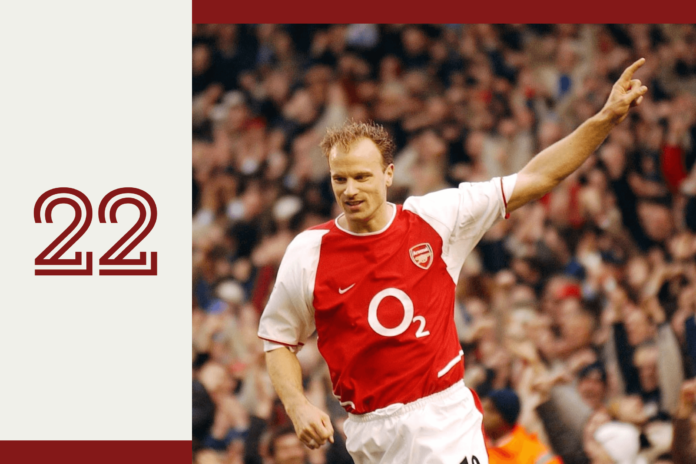Every day in the build-up to Christmas, The Athletic has been bringing subscribers content to celebrate the 20th anniversary of Arsenal’s unbeaten season in 2003-04. It could be a short news story, a feature, a long interview, or a segment of audio. It might be published early or late in the day.
We have decided to make today’s article broader and are taking a look at where past greats, including Arsenal legend Dennis Bergkamp, would fit into today’s formations. This is why it is appearing on your feeds, even if you don’t follow Arsenal.
If you want to read all the other pieces we have published this month then simply step this way to find them all in one place. Enjoy!
A few things sprang to mind while watching Netflix’s recent David Beckham docuseries.
There was the Proustian rush from watching all those highlights from the 1990s. There was the exemplary knitwear on display from the man himself. There was the irritation at the massaging of some events to suit the narrative (FYI: Teddy Sheringham was fouled for the free kick against Greece, not Beckham).
Among all that, something else occurred: most of those nostalgia-triggering highlights showed Beckham playing on the right of Manchester United’s usual 4-4-2 setup, a position that doesn’t really exist these days. Only around five per cent of teams have started games in that formation this season in the Premier League but in the 1990s, it was generally the default system.
As is frequently the case when considering players of the past, thoughts turned to how he would fit into the modern game, which in this instance was more literal: since Beckham made his name in a role that few use anymore, where would he play?
And since there are dozens, maybe even more, of great players from that murky and distant time known as ‘the past’, we wondered where some of those might play in the present, too.
David Beckham: Right-sided No 8
This was a fairly easy one. Beckham wasn’t quick enough to be a 2023-era winger — although given most wingers cut inside these days, imagine the chaos his whipped crosses would cause coming from the left. However, he could have performed many of the same roles he did in his day by playing on the right of a three-man midfield.
Beckham would likely come into a No 8 role if he were playing now (Laurence Griffiths/Getty Images)
His work rate was never a problem, so he would be more than capable of doing the box-to-box dirty work and even dropping in to cover for an attacking right-back — like Jordan Henderson did in his pomp for Jurgen Klopp’s Liverpool. But that crossing and long passing would still be put to good use: imagine him sitting in that inside-right pocket and fizzing balls to Erling Haaland or Gabriel Jesus. It’s a thought arguably even sexier than his knitwear.
Dennis Bergkamp: A midfielder
Bergkamp, a player who perhaps inspires more misty-eyed reverences from those who played with him than most others, achieved the majority of his success as the slightly more withdrawn of two strikers. His brief spell as a centre-forward at Inter was a notorious failure, and it was only when he moved to Arsenal that he flourished, partnering Ian Wright, Nicolas Anelka and, most famously and successfully, Thierry Henry.
But not that many teams play two recognised forwards anymore. So while Bergkamp would probably be great as a false nine, ostensibly filling the centre-forward’s role but in practice spending more time dropping back, his technical abilities and sensational short passing might make him more suitable as a deeper-lying midfielder. You can imagine him being the slightly more advanced of a two in a 4-2-3-1, keeping the ball moving and the play ticking over, then occasionally playing a devastating through ball to the striker or out wide to a winger.
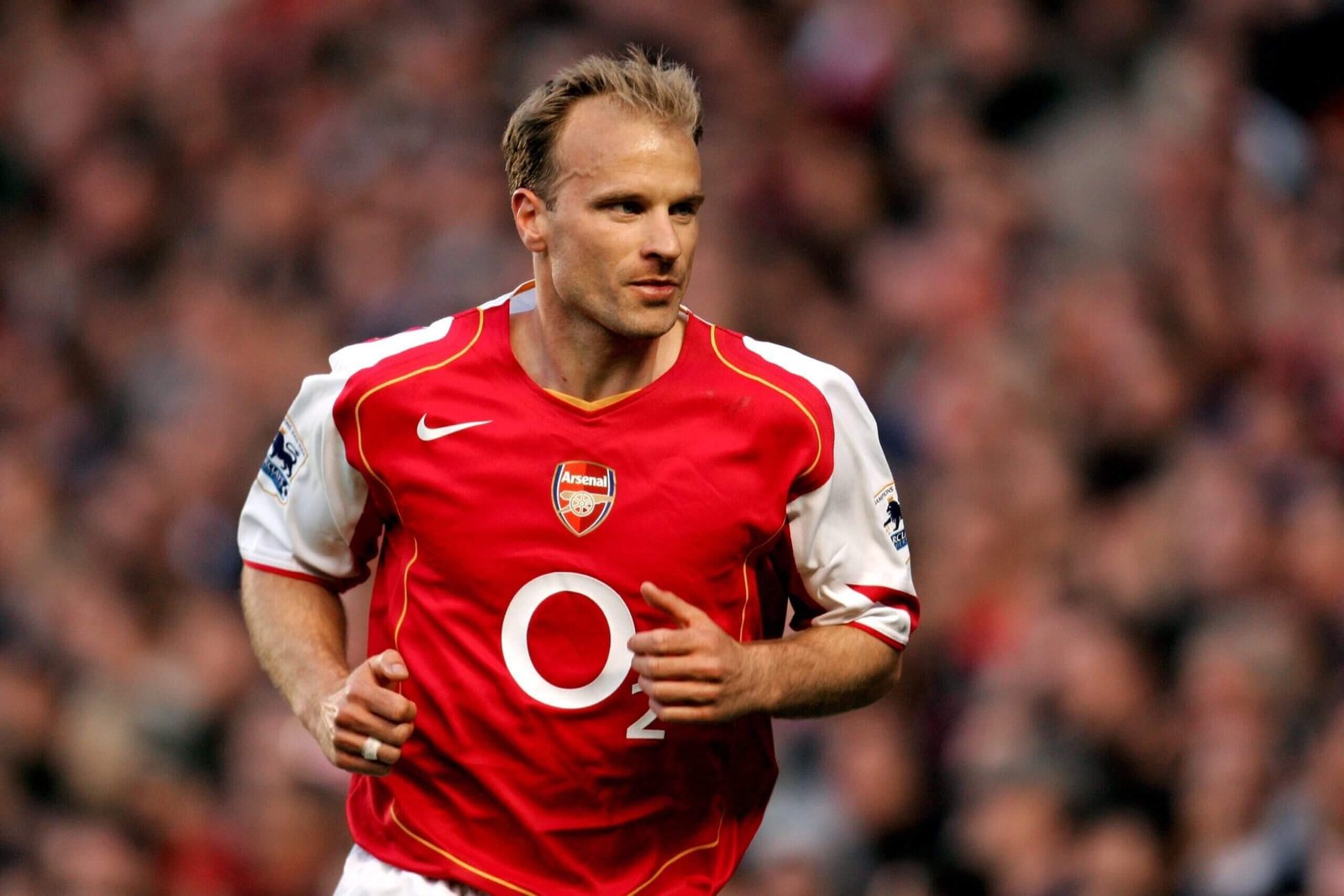
Bergkamp’s technical abilities would suit a deeper-lying role today (Matthew Ashton – EMPICS/PA Images via Getty Images)
Additionally, while Bergkamp gave the impression of being the ultimate aesthete and platonic ideal of the footballer as an artist, he was capable of being extraordinarily tough. Or, as Henry put it in a recent interview on The Rest Is Football podcast, he was “nasty”. In short, he could certainly handle himself against another midfielder trying to kick him up in the air.
Javier Zanetti: The inverted full-back
The inverted full-back is so hot right now. Or is it actually not hot anymore because it’s so last season and Pep Guardiola has thought of something new now? It’s very difficult to keep up. Either way, it is still a thing, with Oleksandr Zinchenko and Trent Alexander-Arnold still splitting their time between their conventional full-back roles and helping out in midfield.
There are many reasons to choose Zanetti as the player who could most happily slip into this role now: he was a defender by trade, but very comfortable on the ball; his fitness was legendary, so he could cope with the extra workload; while he was mostly a right-back, he did spend some time in midfield, most notably during Inter Milan’s treble season in 2009-10 when they had Maicon to do some of the full-back stuff; finally, have you seen him recently? He’s 50 but basically looks the same as he did when he was a player. In the most literal sense, he is a player from years gone by who could perform a modern role today.

Zanetti in action during a FIFA Legends match in December 2022 (Karim Jaafar via Getty Images)
Ronald Koeman: The central defender-midfielder hybrid
As with some of the other players in this article, Koeman sort of did a version of the modern roles we’re suggesting in his career, in that he played in both defence and midfield. It’s just that we’re asking him to do both at the same time.
Many people will remember Koeman’s playing career for his goals: for a player who ostensibly was not an attacker, his scoring record was absurd. He scored 238 in 685 club appearances, hitting double figures in 13 of his 17 seasons. He scored 26 in one season for PSV Eindhoven — 26! Sure, he took penalties and free kicks, but it’s absolutely wild, terrific numbers for a striker, never mind for someone who played for most of his career in defence.
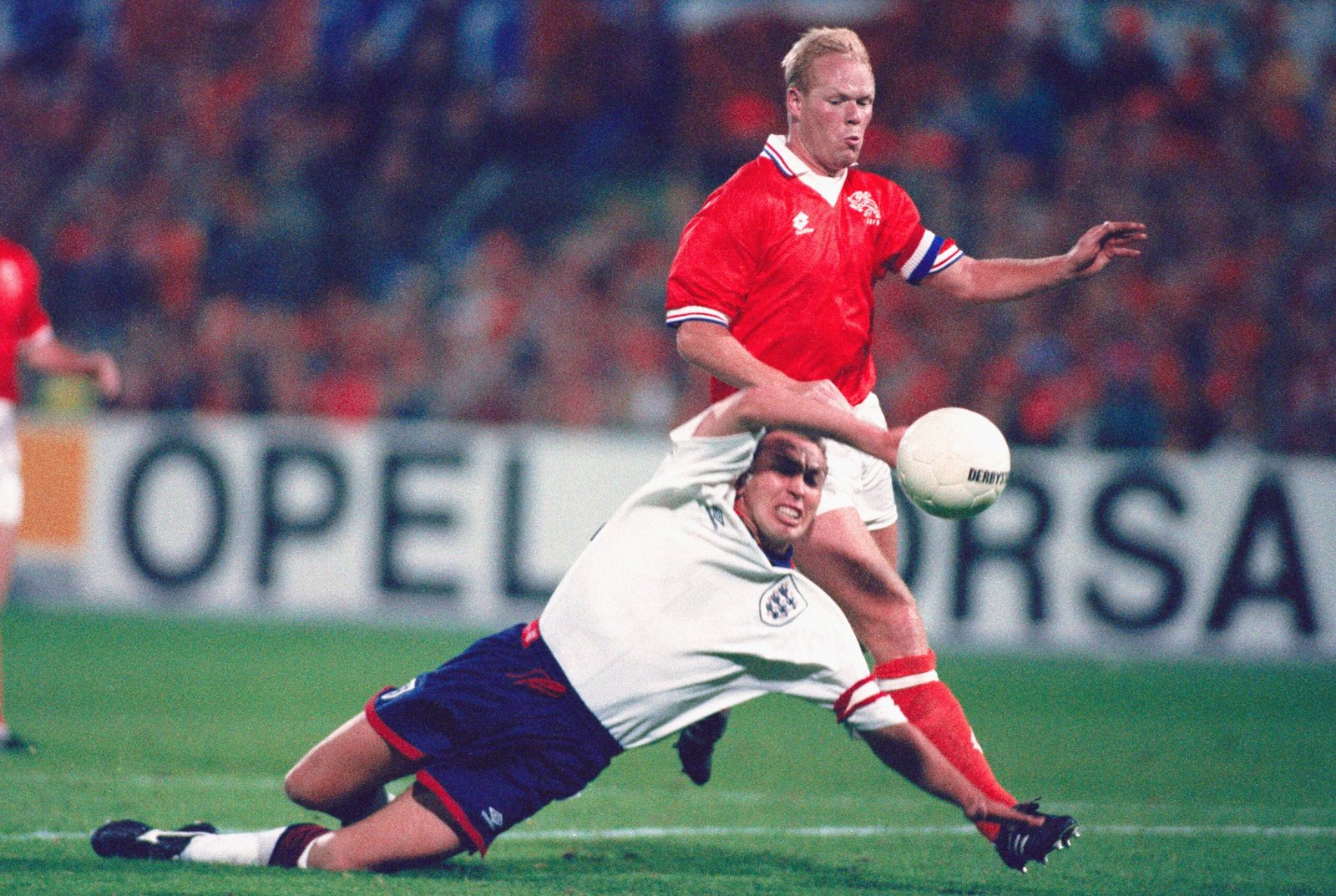
Koeman had an absurd goalscoring record (Chris Cole/Getty Images)
Anyway, there are a few players who operated as sweepers in their time who could do the central defence-deep lying midfield hybrid role today — Matthias Sammer, Lothar Matthaus, Gaetano Scirea — but Koeman’s passing and ability to move quickly from defence to midfield means he would work very nicely.
It’s tricky not to make most of this article about Guardiola and how his team play these days, but if Bernardo left tomorrow and for some reason, you were told the only way to replace him was not to sign Florian Wirtz or whoever, but to be given a time machine and take a player from the past… well, it would be John Barnes, wouldn’t it?
Barnes played most of his early career on the left wing, before moving inside in his latter days when that elegant pace had dimmed a little. But those who remember him in his pomp will recall a player who seemed to hover a few inches off the turf, so smooth and graceful it was as if he wouldn’t leave footprints if he played in the snow. His touch and passing was sublime, and his football intelligence was such that he could easily adapt to playing out on the right, or drifting infield from and filling that right-sided advanced midfielder role.
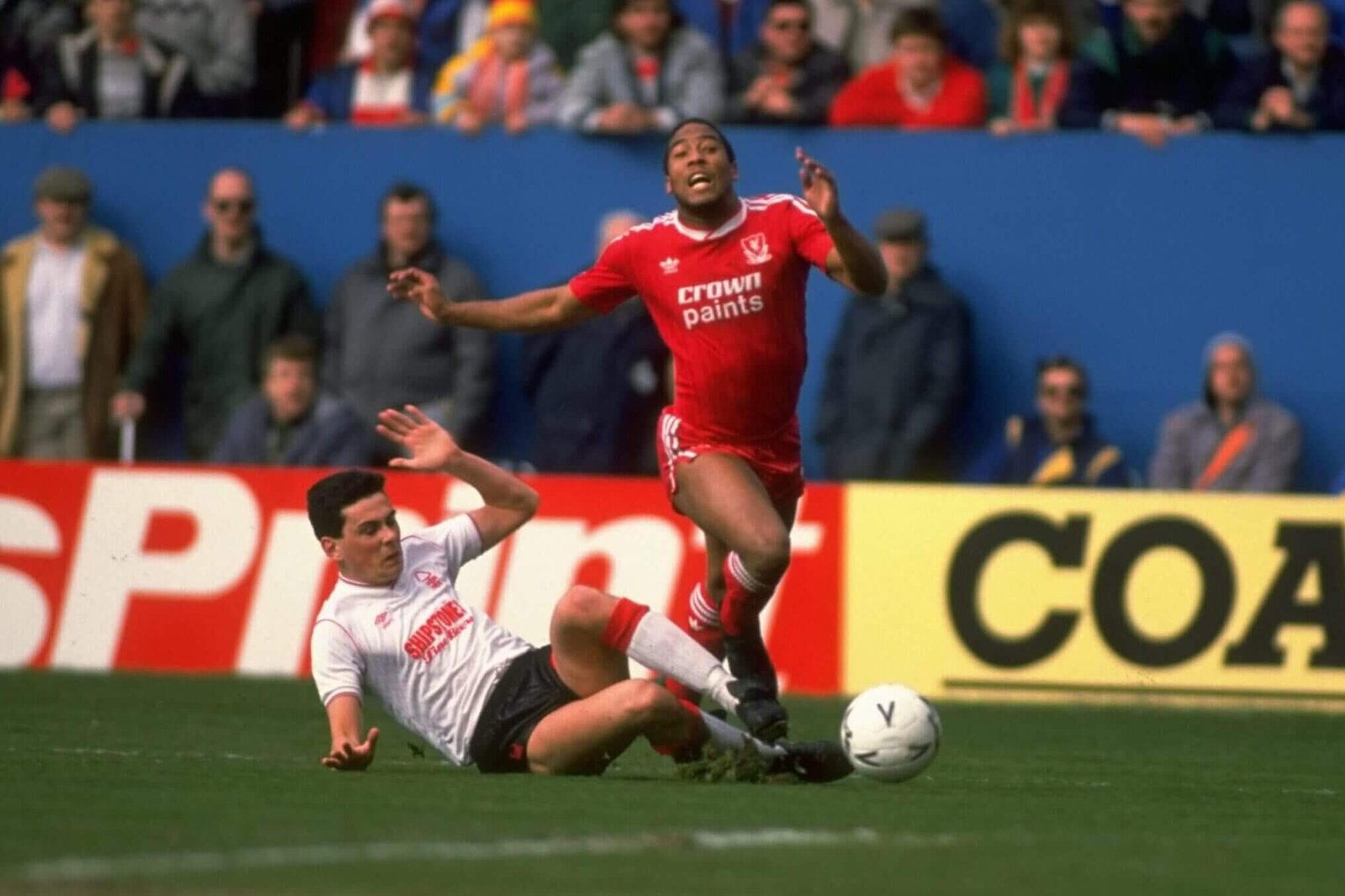
Barnes had the technical ability and intelligence to play across the pitch (Allsport UK /Allsport)
Roberto Carlos: A Guardiola winger
While many clubs still prefer their left-footed wingers to play on the right and vice versa, the emphasis on cutting inside rather than sticking to the touchline, there are a few still maintaining the traditional flame. Like, surprisingly enough, Guardiola, whose wingers these days tend to stay pretty wide to broaden the pitch and create space elsewhere.
Carlos’ defensive deficiencies were perhaps overplayed in his day: he was a perfectly good defender and, without wishing to be too simplistic, was the starting left-back for teams that won pretty much everything going, at club and international level. Still, you suspect that had Guardiola been his manager, he would have taken one look at that pace, direct running and shooting and put him high up on the left. It’s the classic saying: Roberto Carlos is the Jeremy Doku for the MSN Messenger generation.

Carlos was an incredible attacking weapon (Lutz Bongarts/Bongarts/Getty Images)
Luis Enrique: Attacking right-back
Did you know, kids, that the fellow currently in charge of Paris Saint-Germain, who won a treble with Barcelona and was Spain’s head coach for a couple of spells, used to be a footballer? I know! Ask your parents, or an ancient passing colleague who remembers the 1990s. Not only was he a player, but he was a really good one too: Luis Enrique was one of Bobby Robson’s favourites, in part because he could play pretty much anywhere, so for our purposes, we’ve got quite a few options to choose from here.
He probably made the majority of his appearances for Barcelona as a right-sided forward or midfielder, but his physical gifts — strength, speed, the ability to time a run perfectly — meant he could have been a sensational right-back or wing-back too. He did play there a few times, but if he was coming through today, that might have been a more permanent home.
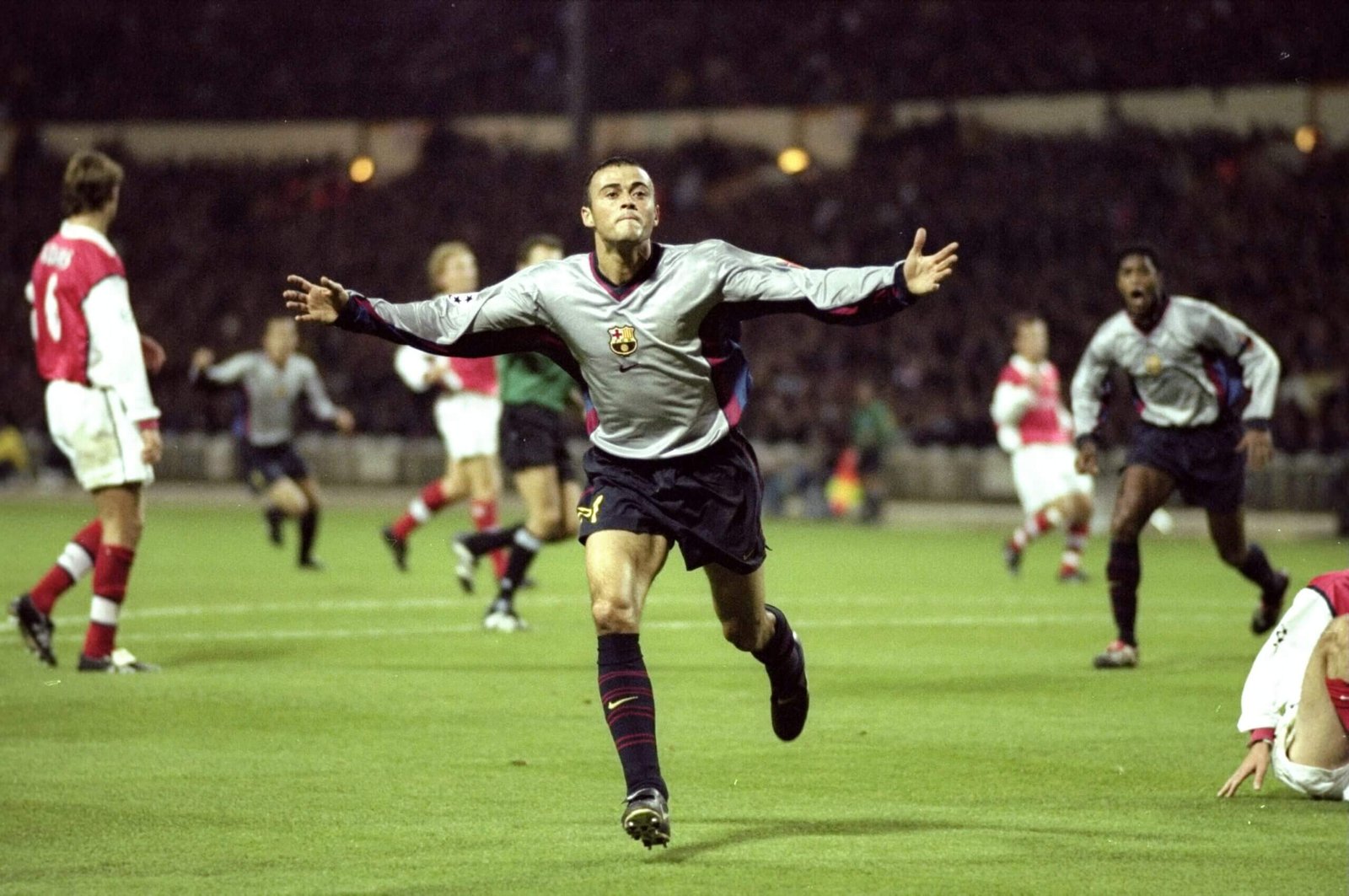
Luis Enrique was a brilliant player before he became a coach (Shaun Botterill /Allsport)
Diego Maradona: Wherever he wants
Well, maybe not quite. But while even most greats of the past would have to fit into some sort of system if they were playing today, for the very greatest, the system fits them. So what would you do, if you were a manager in 2023, and by some magic of space-time you got peak-era Maradona and had to figure out the best way of using him?
The first thing to do is look at the teams Maradona made most successful, specifically the 1986 World Cup-winning Argentina, and the 1987 Serie A champions Napoli. In both of those sides Maradona, of course, played in the classic No 10 role behind the forward line, but the teams around him were slightly different. Argentina — in the latter stages of the tournament at least — essentially played a sort of 3-5-1-1, with Maradona tucked behind lone forward Jorge Valdano, while for Napoli it was more of a 4-3-1-2, the great man forming the most significant third of the ‘MaGiCa’ forward trio with strikers Bruno Giordano and Careca.
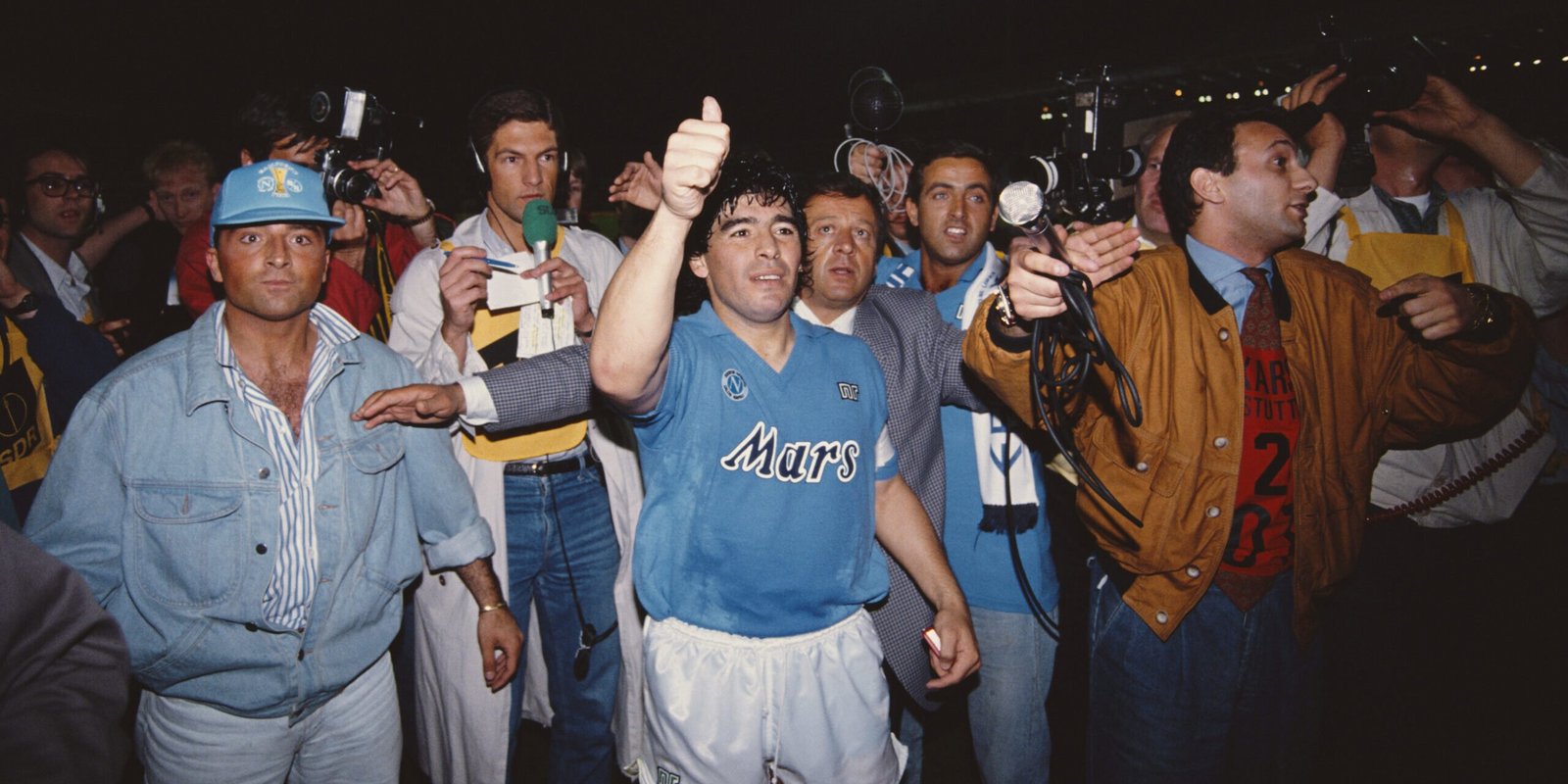
Maradona played in a 4-3-1-2 system at Napoli (Simon Bruty/Allsport/Getty Images)
It feels modern football has the sort of players to make a hybrid of the two possible, with Maradona in the No 10 role of a 3-4-1-2. The wing-backs would provide the width, the two central midfielders would both feed Maradona and do his water carrying, with a ball-playing centre-back stepping up when the team is in position to provide further ballast, and if the two forwards were both capable of splitting wide to give Diego more space through the middle, then all the better.
There you go. Sounds fun, doesn’t it? Now all we need is that time machine…
(Top photo: John Stillwell – PA Images/PA Images via Getty Images)
Read the full article here


